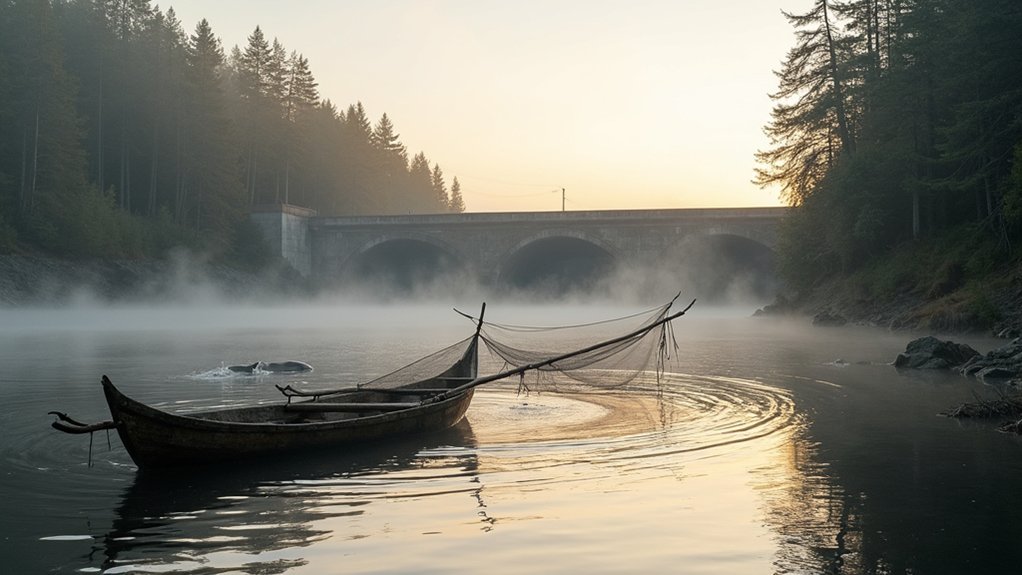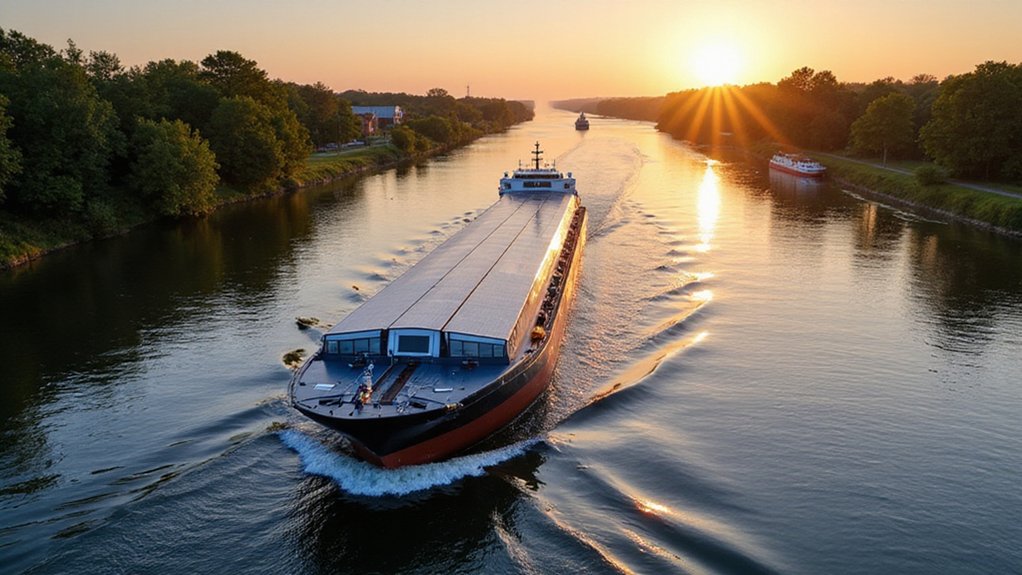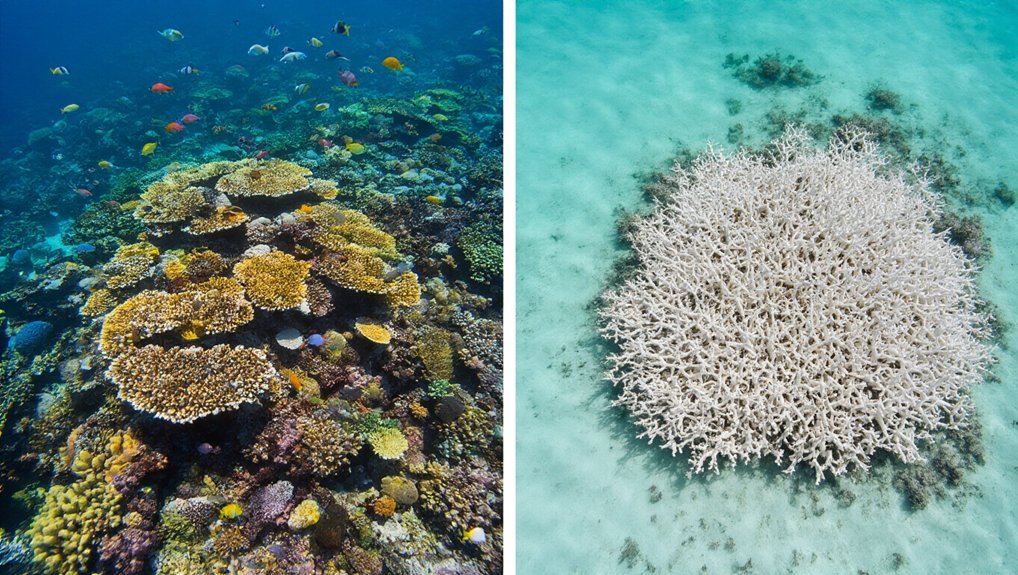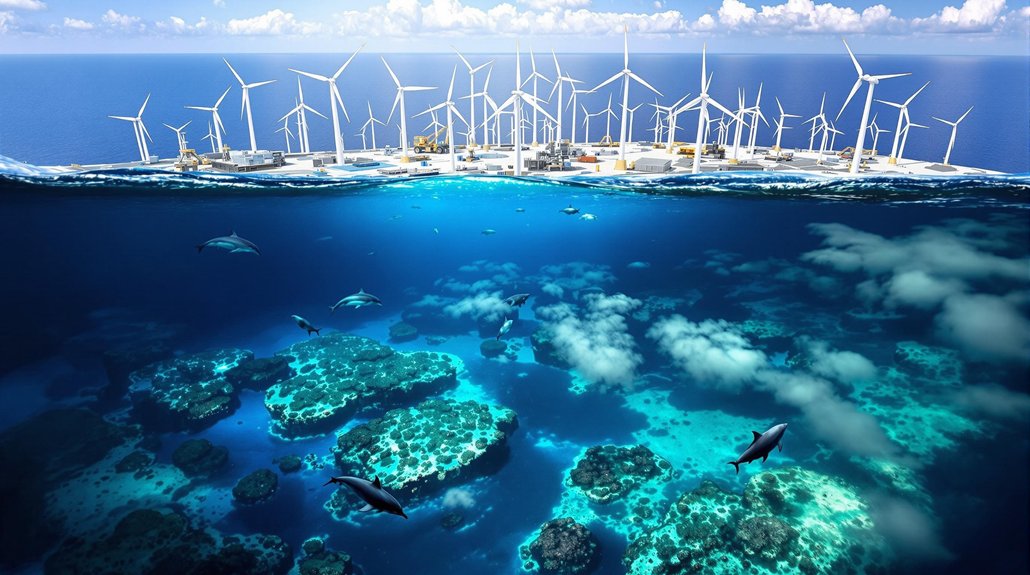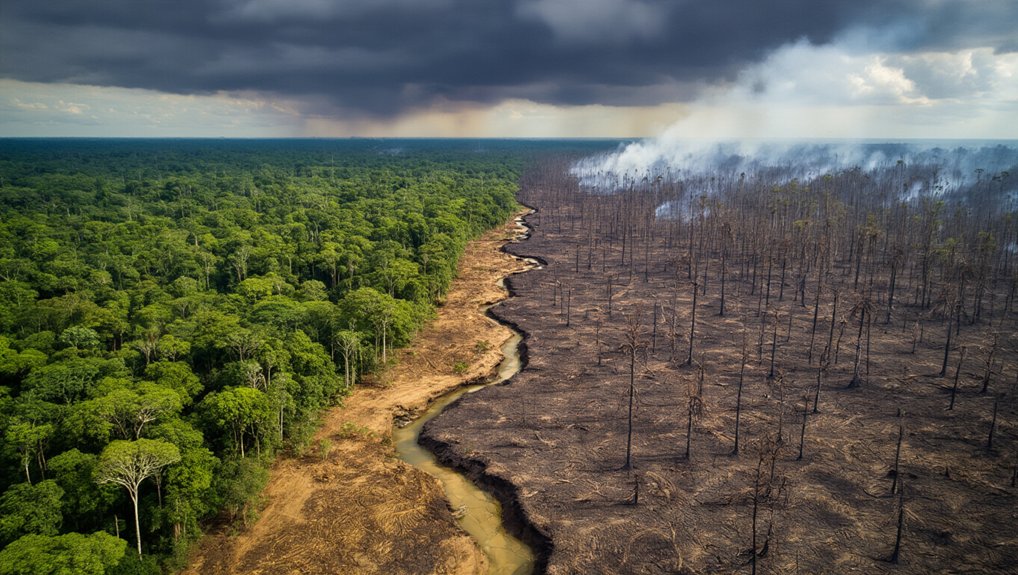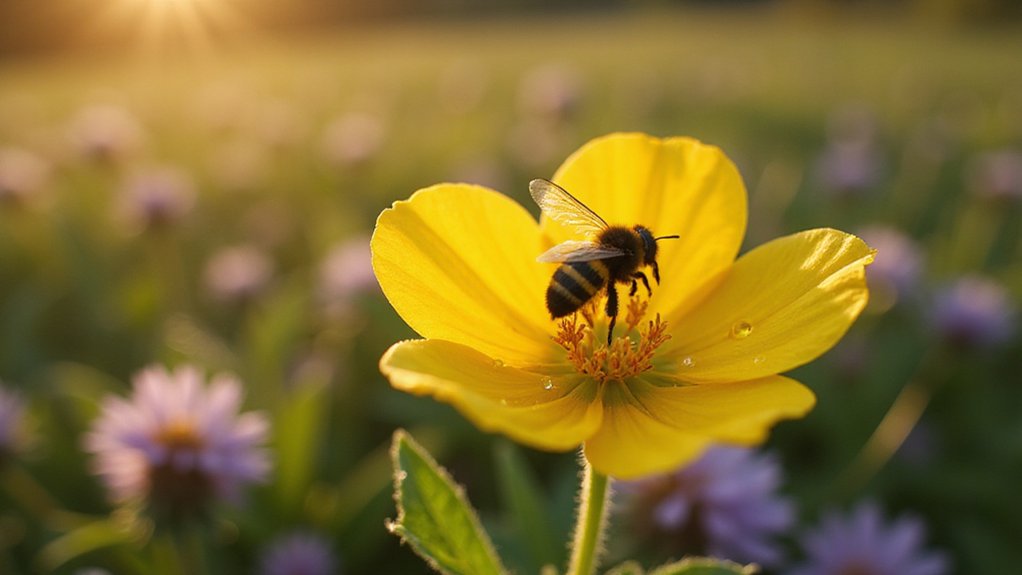A quiet uprising is taking place along the waterways of the Pacific Northwest. Kids—Indigenous kids—are getting their hands wet and their backs sore as they haul ancient fishing nets into position, just like their ancestors did generations ago. It’s not glamorous work. But it’s necessary.
Since 2020, WSÁNEĆ youth have been reviving reef net fishing techniques—ancestral methods that connect them to waters their people have navigated for centuries. The numbers grow each year. Turns out teenagers actually want to learn their cultural heritage when it involves real responsibility and not just textbooks.
These youth don’t just show up. They train. They study SX̱OLE history, learn to deploy reef nets, and master traditional water safety techniques. Some step up as coordinators, becoming leaders before they’ve even figured out their college plans. Imagine that.
Elsewhere, the Salmon Camp rotates among four Columbia River tribes, blending Western science with Indigenous knowledge. Twenty middle schoolers at a time diving into the salmon lifecycle while elders share stories scientists can’t find in journals. It’s STEM education with actual relevance.
The restoration work is backbreaking but effective. Young crews from the Nisqually Tribe plant trees, monitor habitats, and maintain hundreds of acres of river ecosystem. Federal and state money funds these efforts, giving youth paychecks while they save their cultural keystone species. Jobs with purpose—what a concept.
What makes these programs work is their refusal to pit science against tradition. These kids learn that both ecological data and ancestral knowledge have value. They’re becoming fluent in multiple ways of understanding the natural world, something most adults never achieve.
Leadership positions within these programs transform quiet kids into confident representatives of their communities. They’re liaison officers between generations, cultural ambassadors, and emerging stewards of resources their people have managed for thousands of years.
The salmon are returning, and so is something else—Indigenous youth reclaiming their birthright as water protectors. Their hands-on engagement includes removing invasive species from ȾIKEL to restore the materials traditionally used for harvesting. The 2025 Salmon Camp will bring together Nez Perce youth at Camp Wittman, continuing this vital cultural and scientific education.
References
- https://wsanec.com/youth-to-continue-revitalization-of-reef-net-fishing-in-2024/
- https://critfc.org/for-kids-home/salmon-camp/
- http://www.nisqually-nsn.gov/index.php/administration/tribal-services/natural-resources/salmon-recovery-program/habitat-restoration/
- https://critfc.org/fish-and-watersheds/fish-and-habitat-restoration/restoration-projects/
- https://ucut.org/fish/restoring-salmon-upper-columbia-river-basin/
